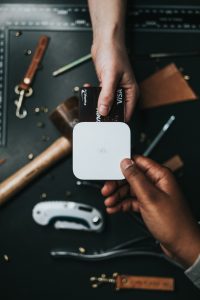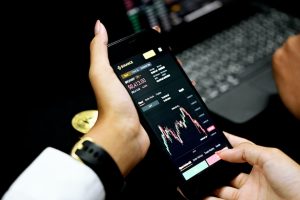Forex, also known as foreign exchange, is the trading of currencies from different countries. It is a decentralized market, meaning that it does not have a physical location and operates 24/7 around the world. One of the fundamental concepts in forex trading is the point, also known as a pip or percentage in point.
A point (pip) is the smallest unit of measurement in forex trading. It represents the change in the exchange rate of a currency pair. The value of a pip varies depending on the currency pair being traded and the size of the trade. For most currency pairs, a pip is equal to 0.0001 or 1/100th of a percent. However, for pairs that include the Japanese yen, a pip is equal to 0.01 or 1 percent.
When trading forex, traders use pips to measure the profit or loss of a trade. The profit or loss is calculated by multiplying the number of pips gained or lost by the value of each pip. For example, if a trader buys 1 lot of EUR/USD at 1.1200 and sells it at 1.1300, they would have gained 100 pips. If the value of each pip is $10, the profit would be $1,000 (100 pips x $10).
Pips are also used to calculate the spread, which is the difference between the bid and ask price of a currency pair. The bid price is the price at which a trader can sell a currency pair, and the ask price is the price at which a trader can buy a currency pair. The spread is the cost of the trade and is usually measured in pips. The tighter the spread, the less it costs to trade.
In addition to measuring profits and losses, pips are also used to set stop-loss and take-profit levels. A stop-loss is a predetermined level at which a trade will be closed to limit losses. It is usually set a certain number of pips away from the entry price. For example, if a trader buys EUR/USD at 1.1200 and sets a stop-loss at 1.1150, they are risking 50 pips. A take-profit level is a predetermined level at which a trade will be closed to take profits. It is usually set a certain number of pips away from the entry price. For example, if a trader buys EUR/USD at 1.1200 and sets a take-profit at 1.1300, they are targeting 100 pips.
Pips are also used to calculate the leverage of a trade. Leverage is the amount of money that a trader can borrow from a broker to open a larger position than they would be able to with their own funds. The leverage ratio determines the amount of margin required to enter a trade. The margin is the amount of money that a trader needs to deposit with a broker to open and maintain a position. The higher the leverage, the lower the margin required. However, higher leverage also means higher risk.
In conclusion, a point (pip) is the smallest unit of measurement in forex trading. It represents the change in the exchange rate of a currency pair and is used to measure profits and losses, set stop-loss and take-profit levels, calculate the spread and leverage of a trade. Understanding pips is essential for forex traders to manage risk, calculate profits and losses, and make informed trading decisions.





